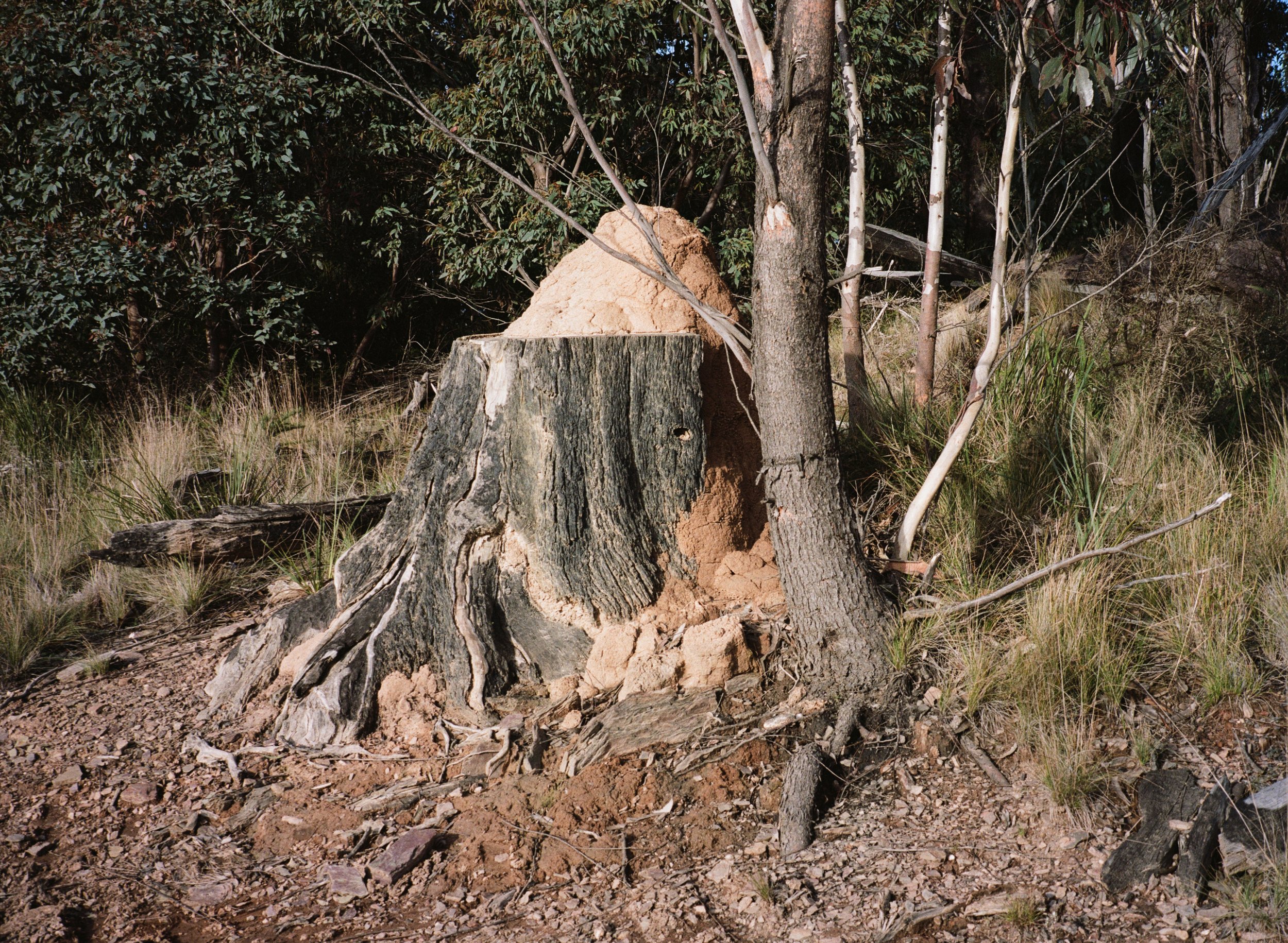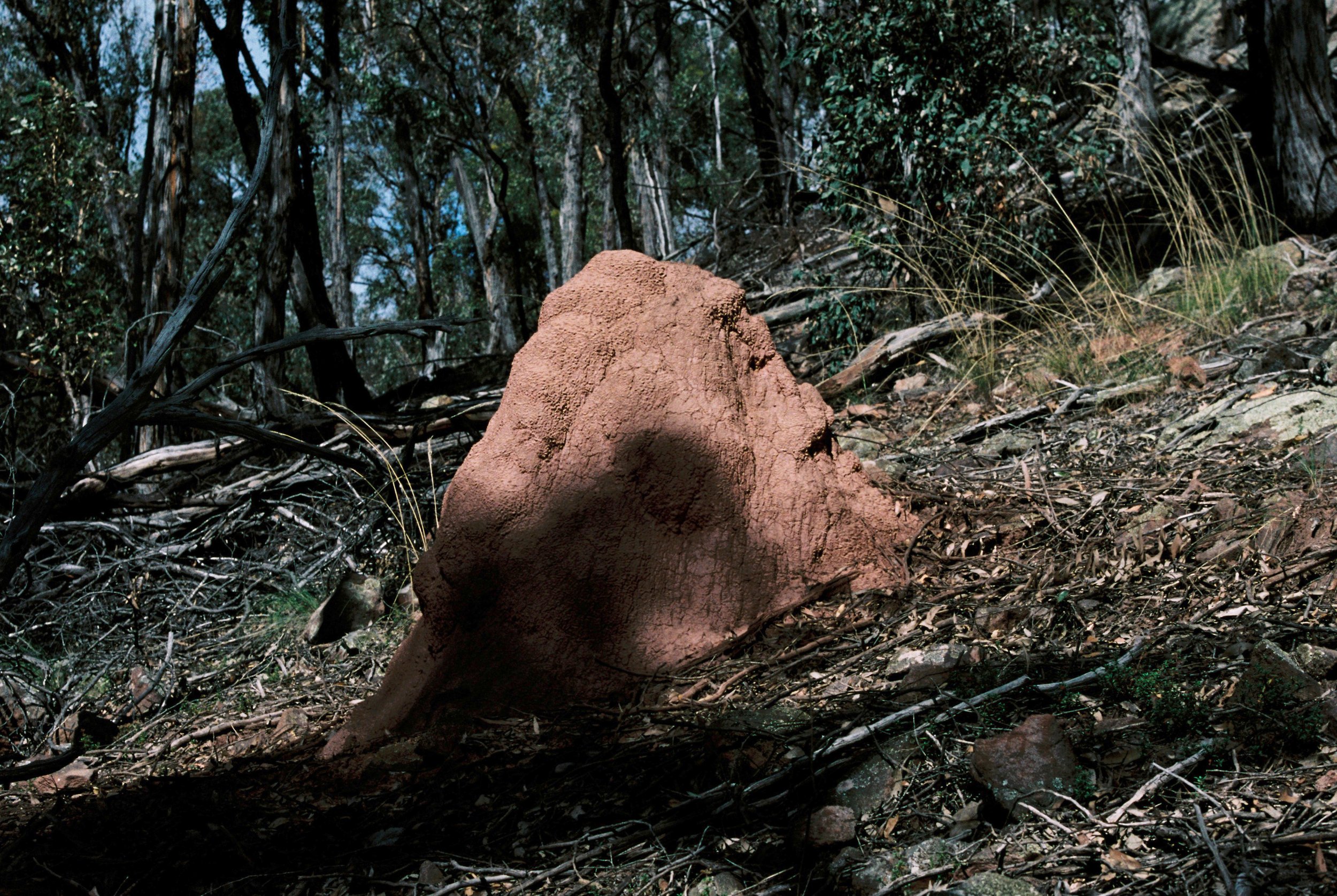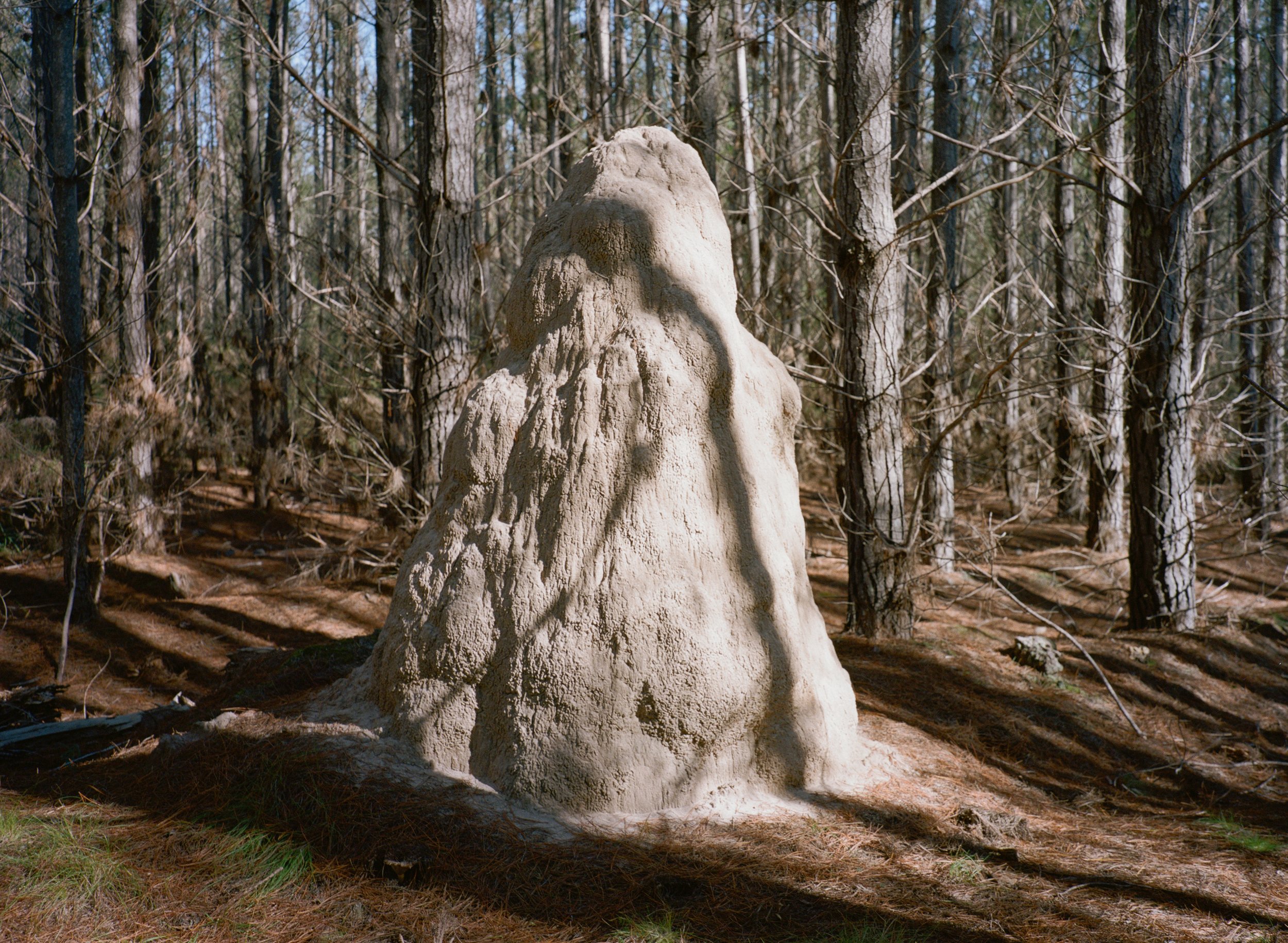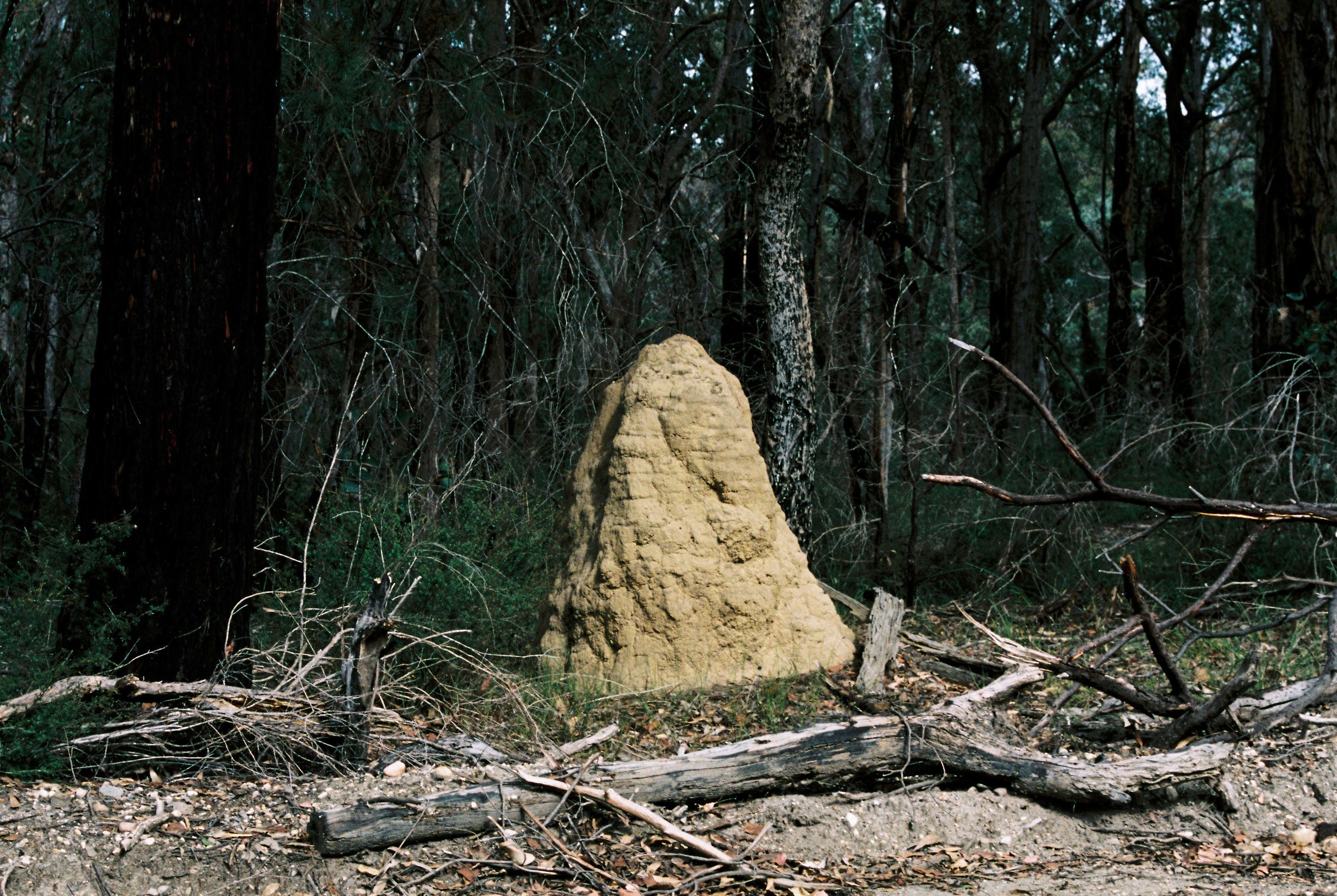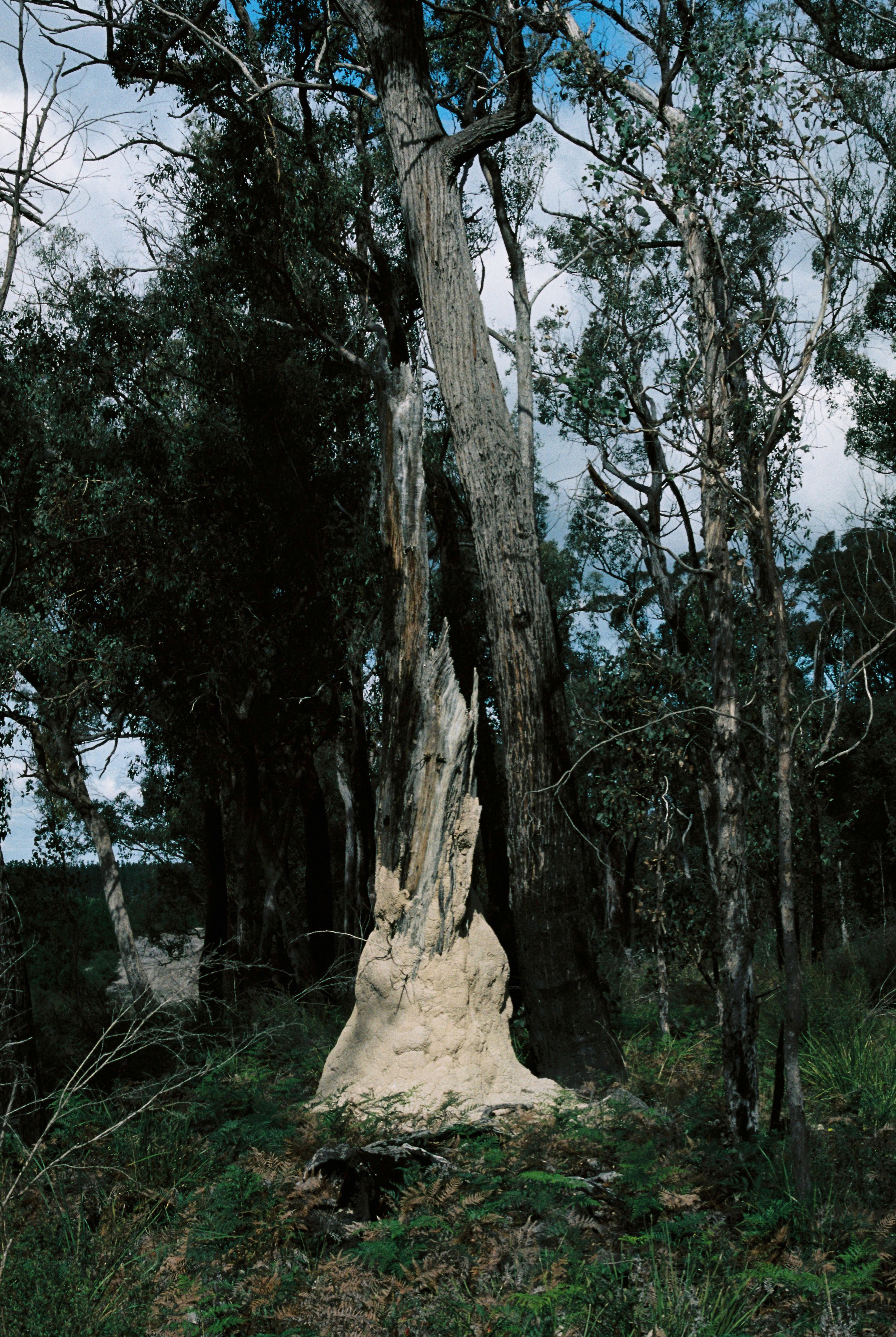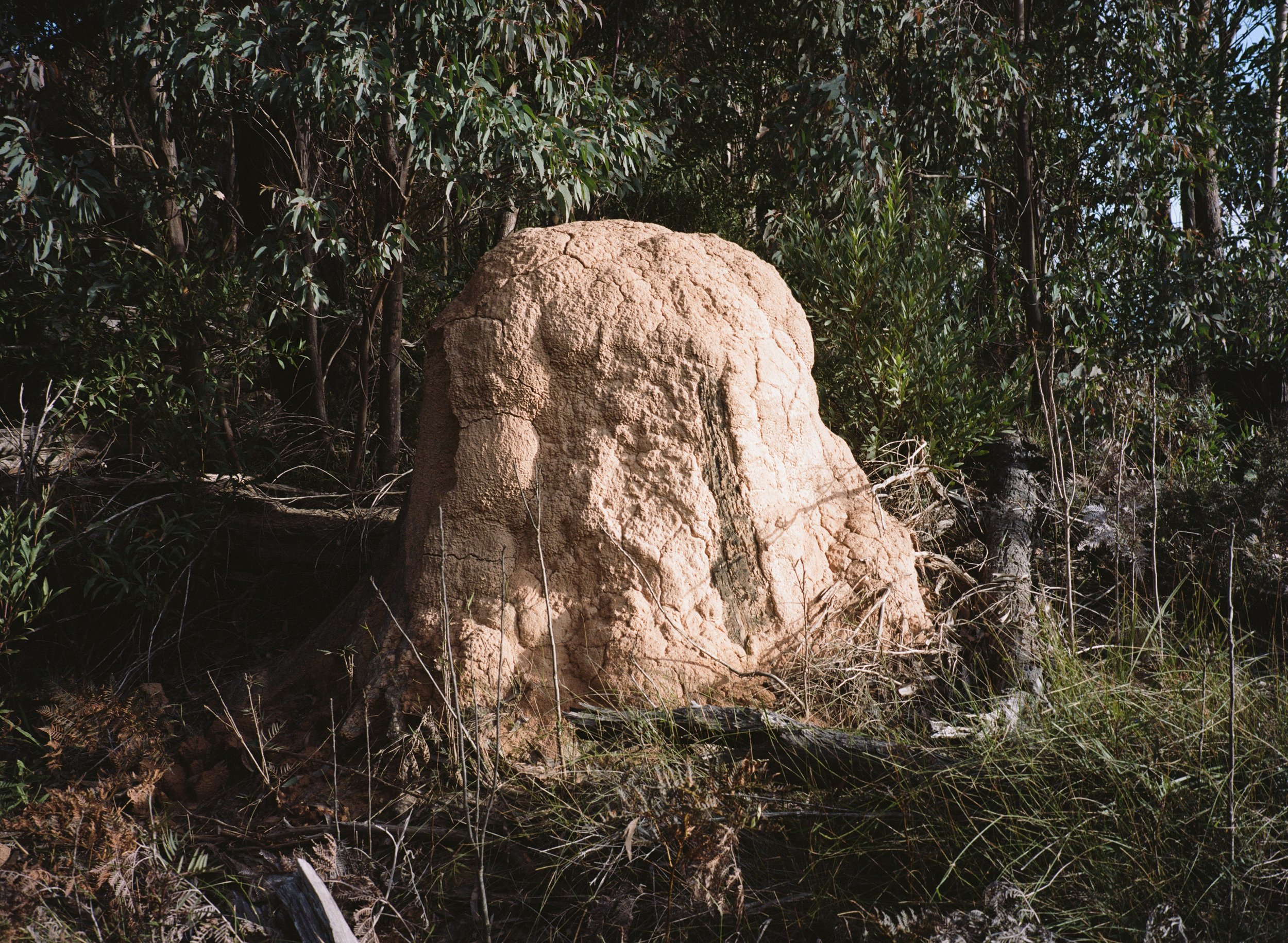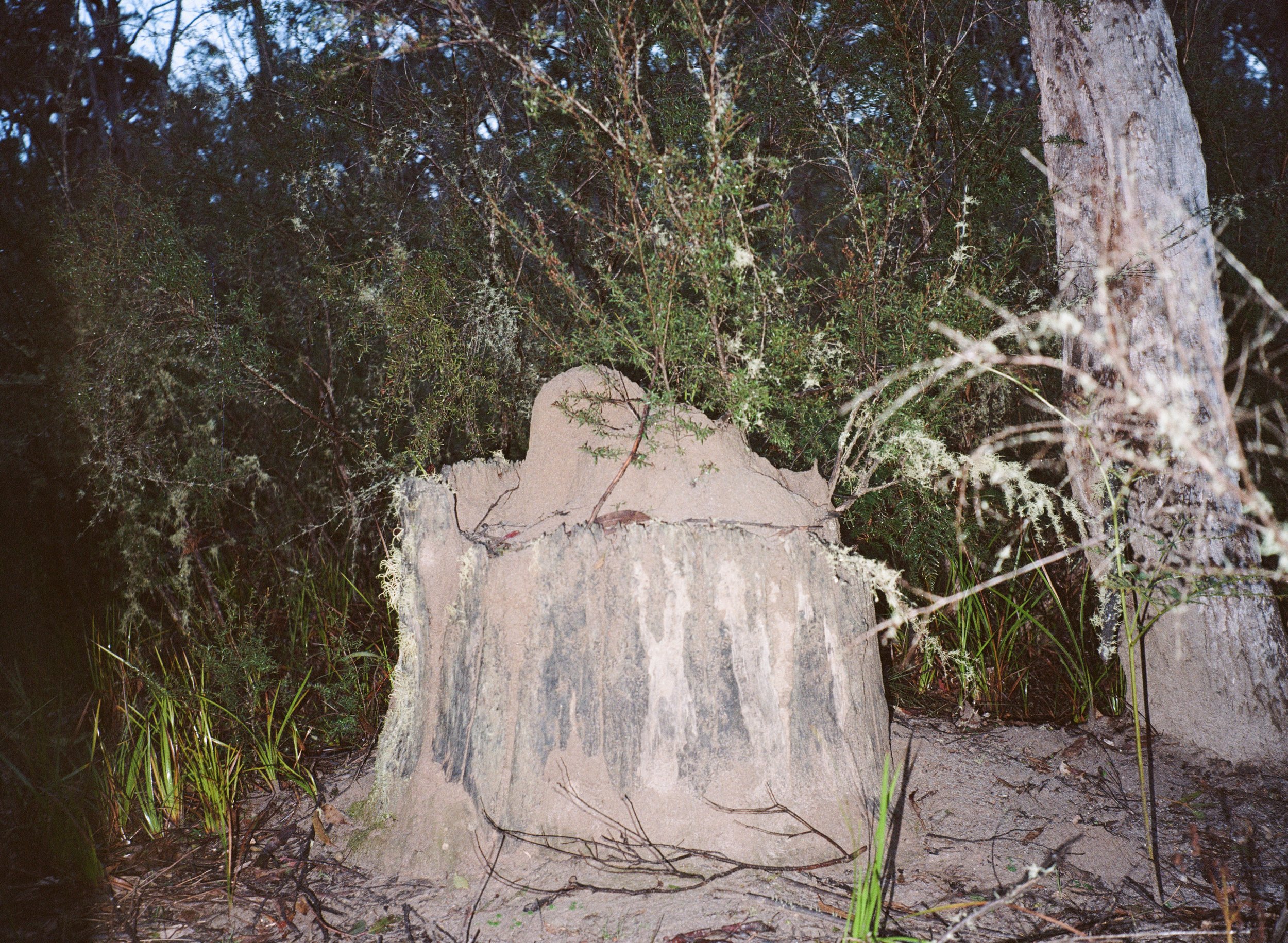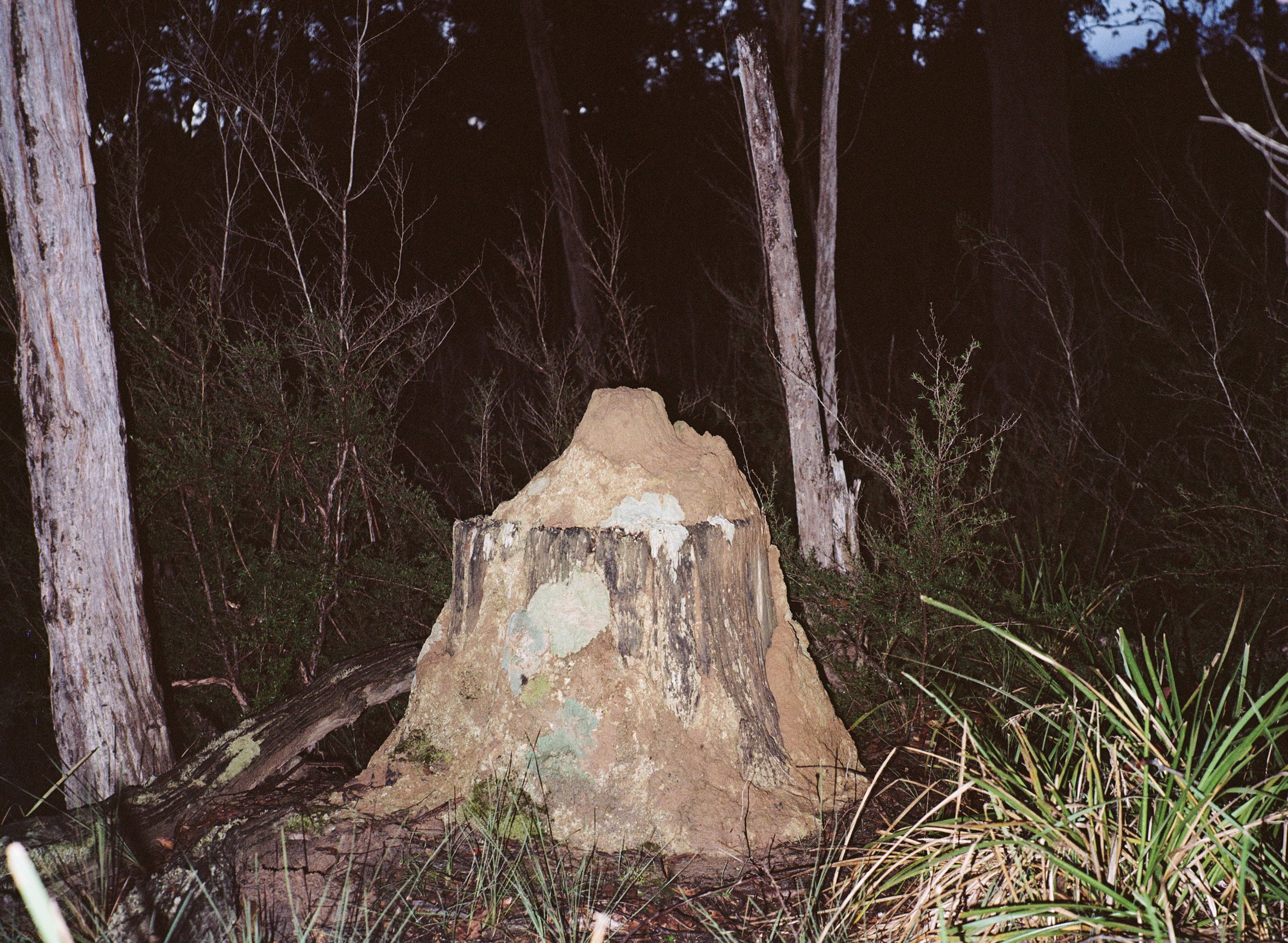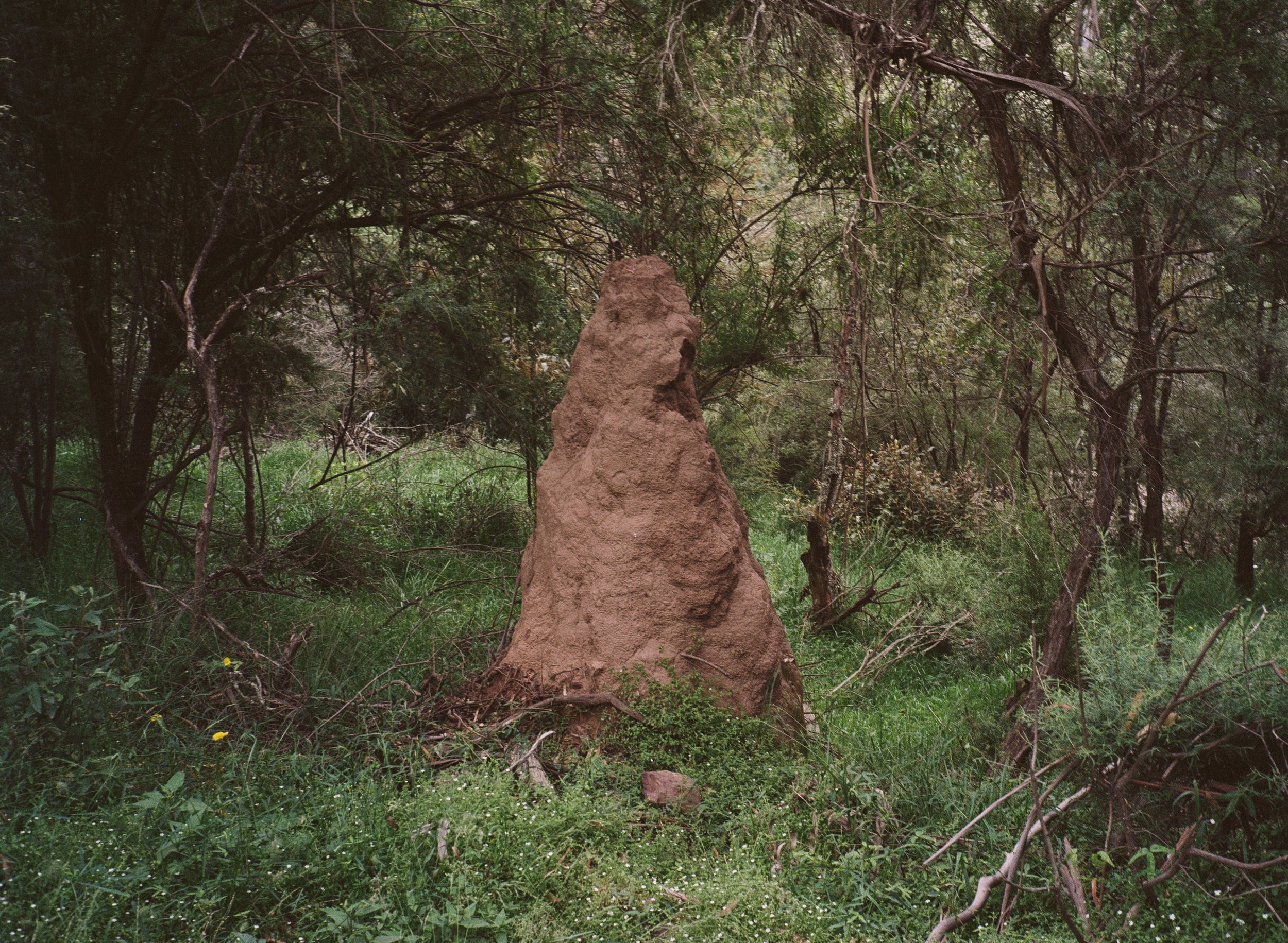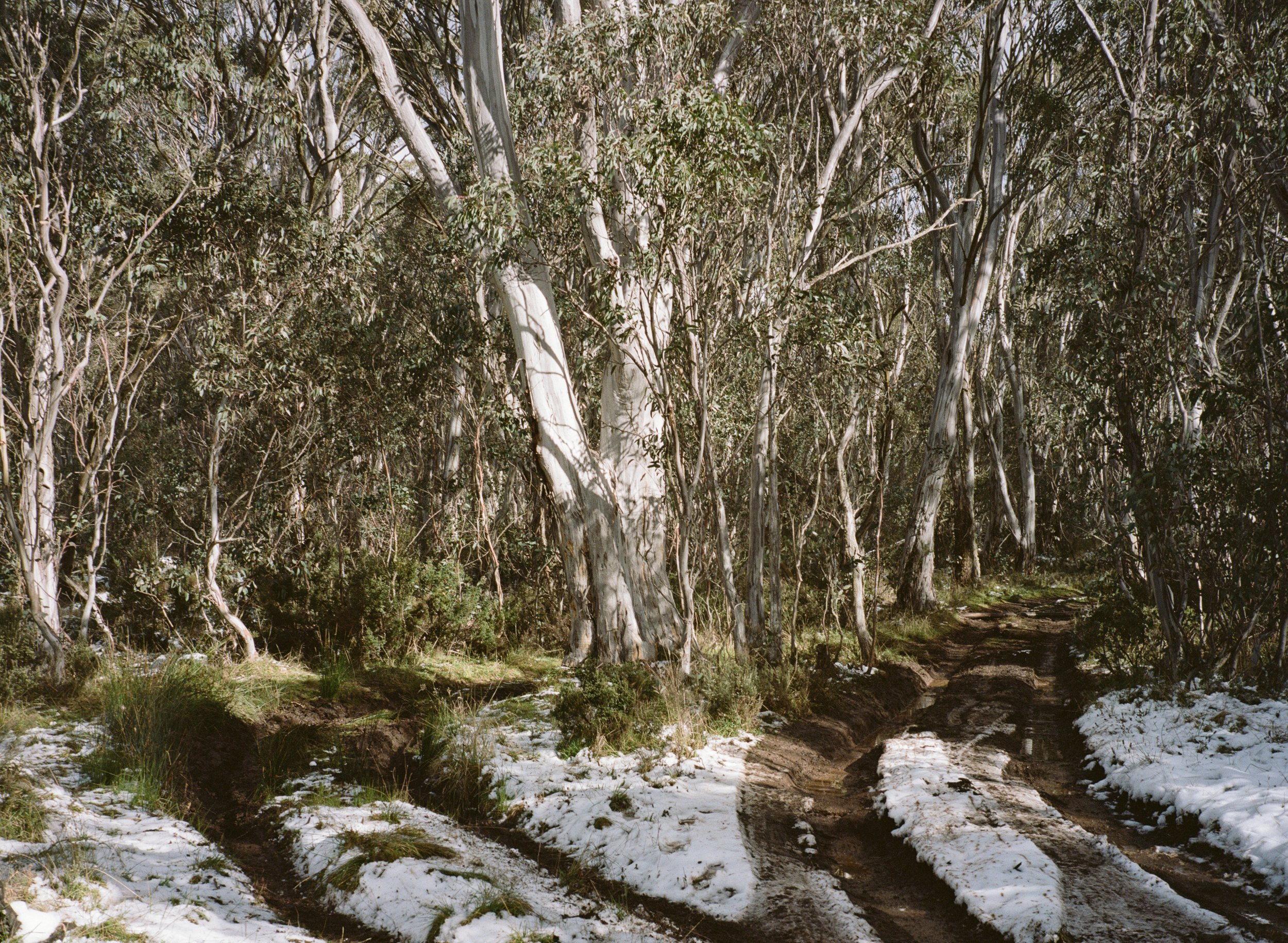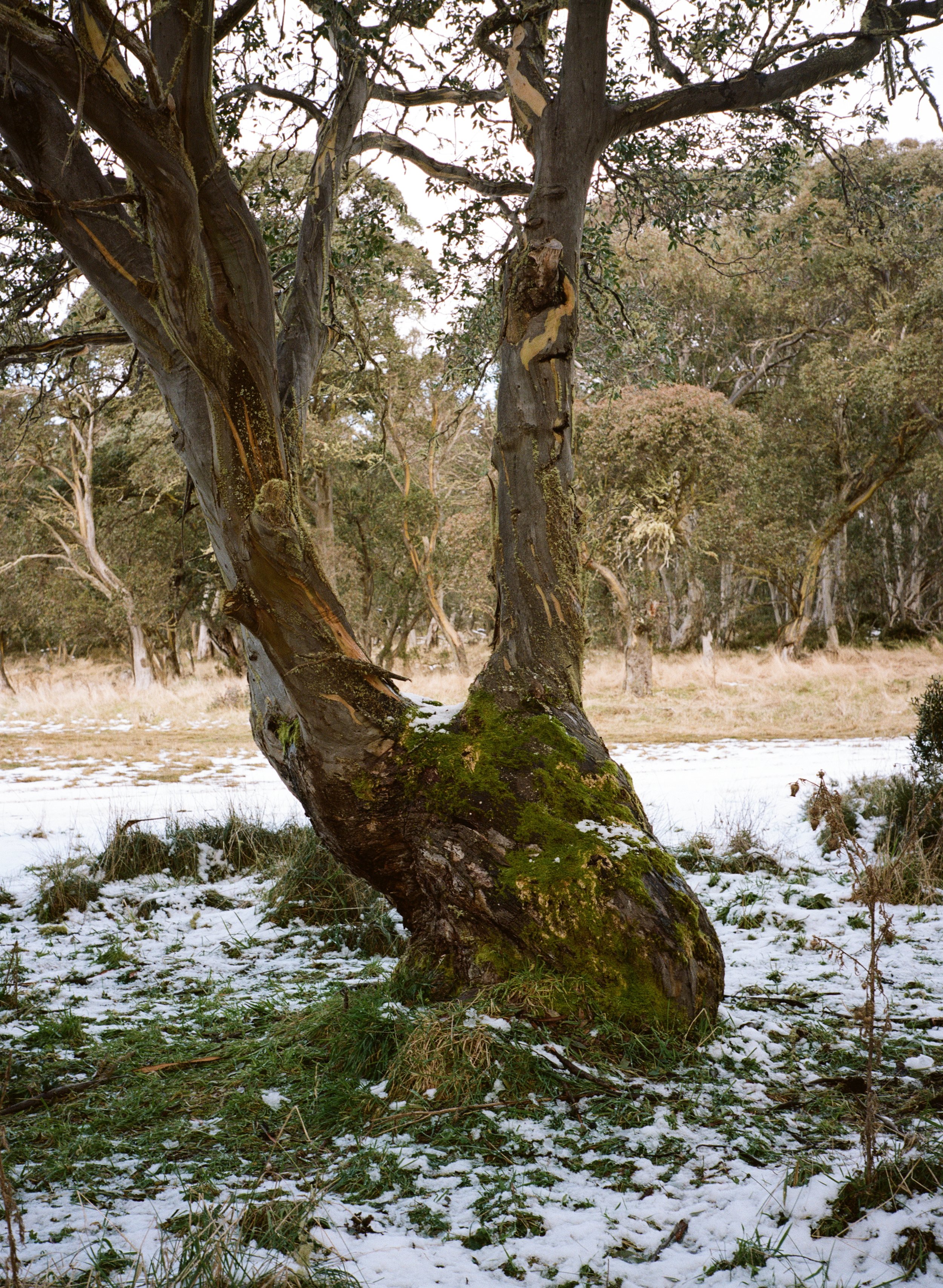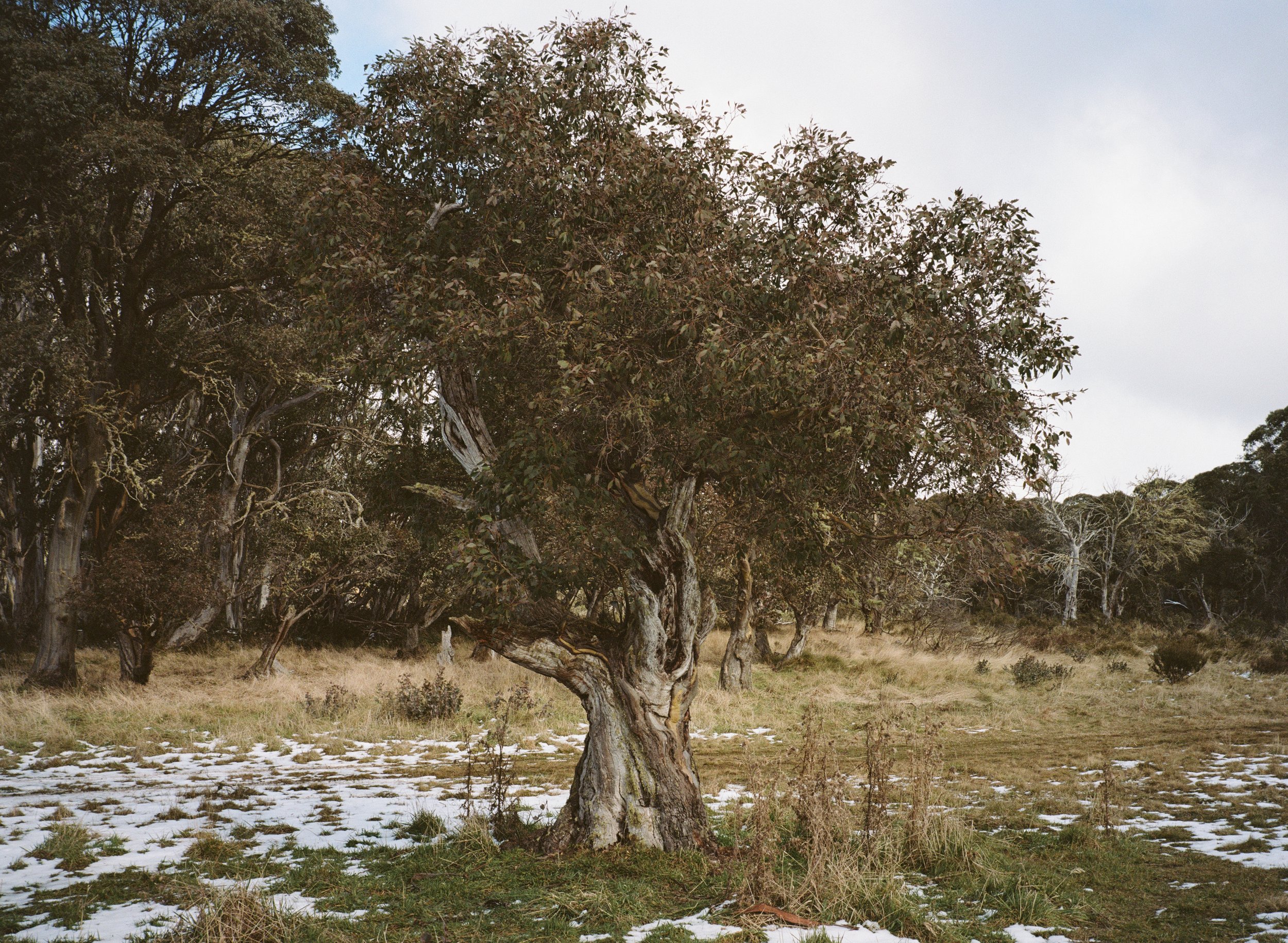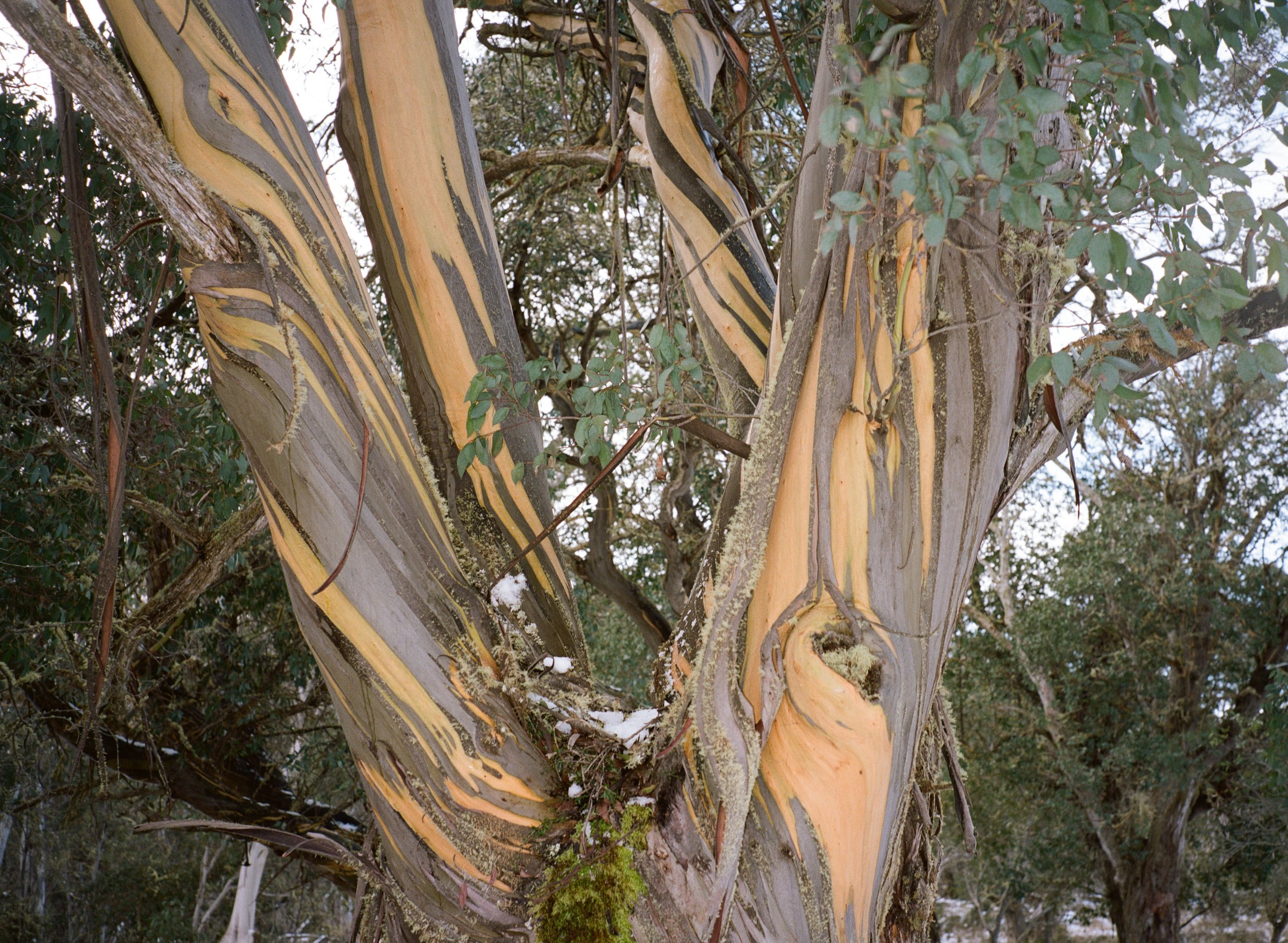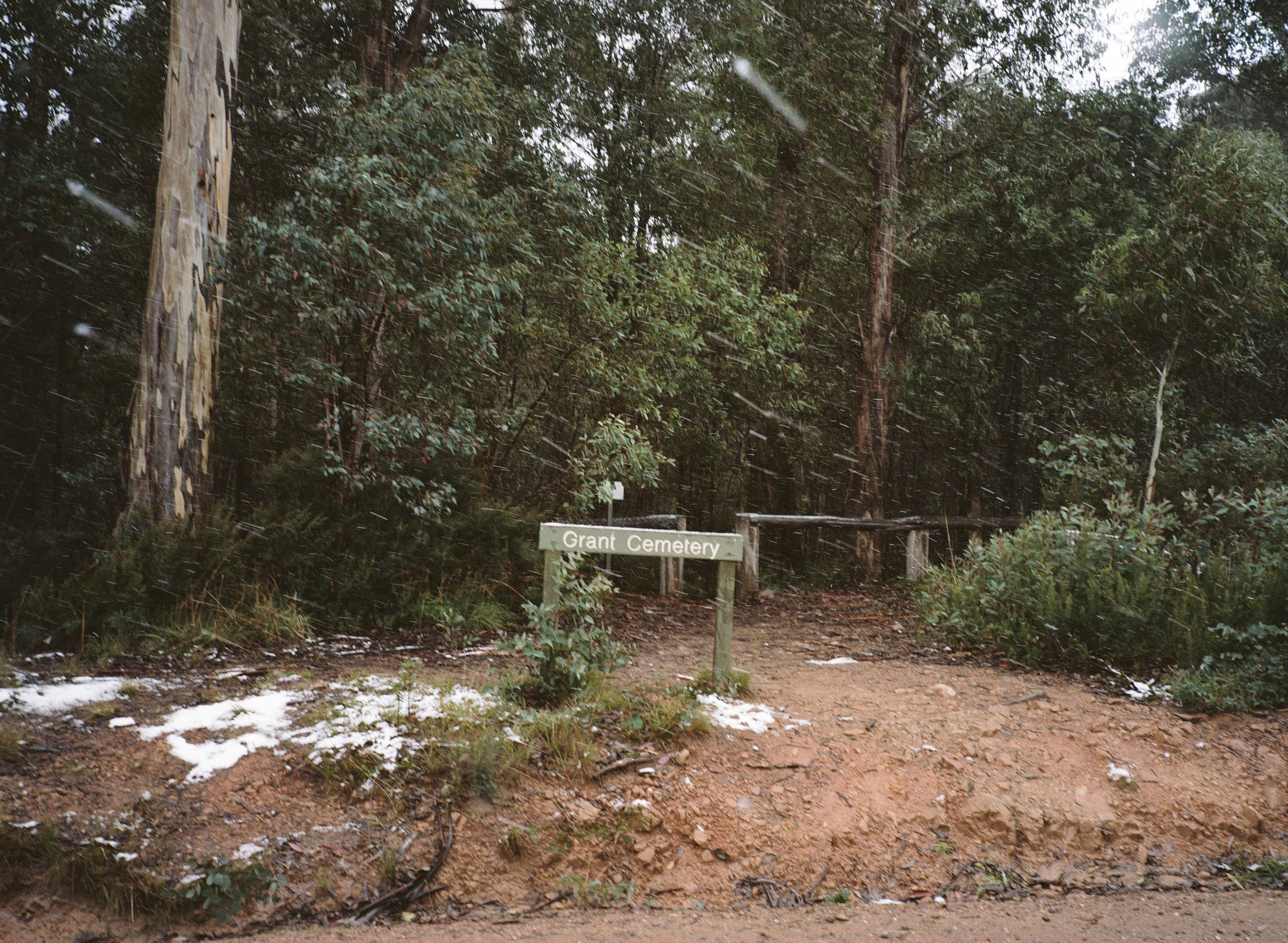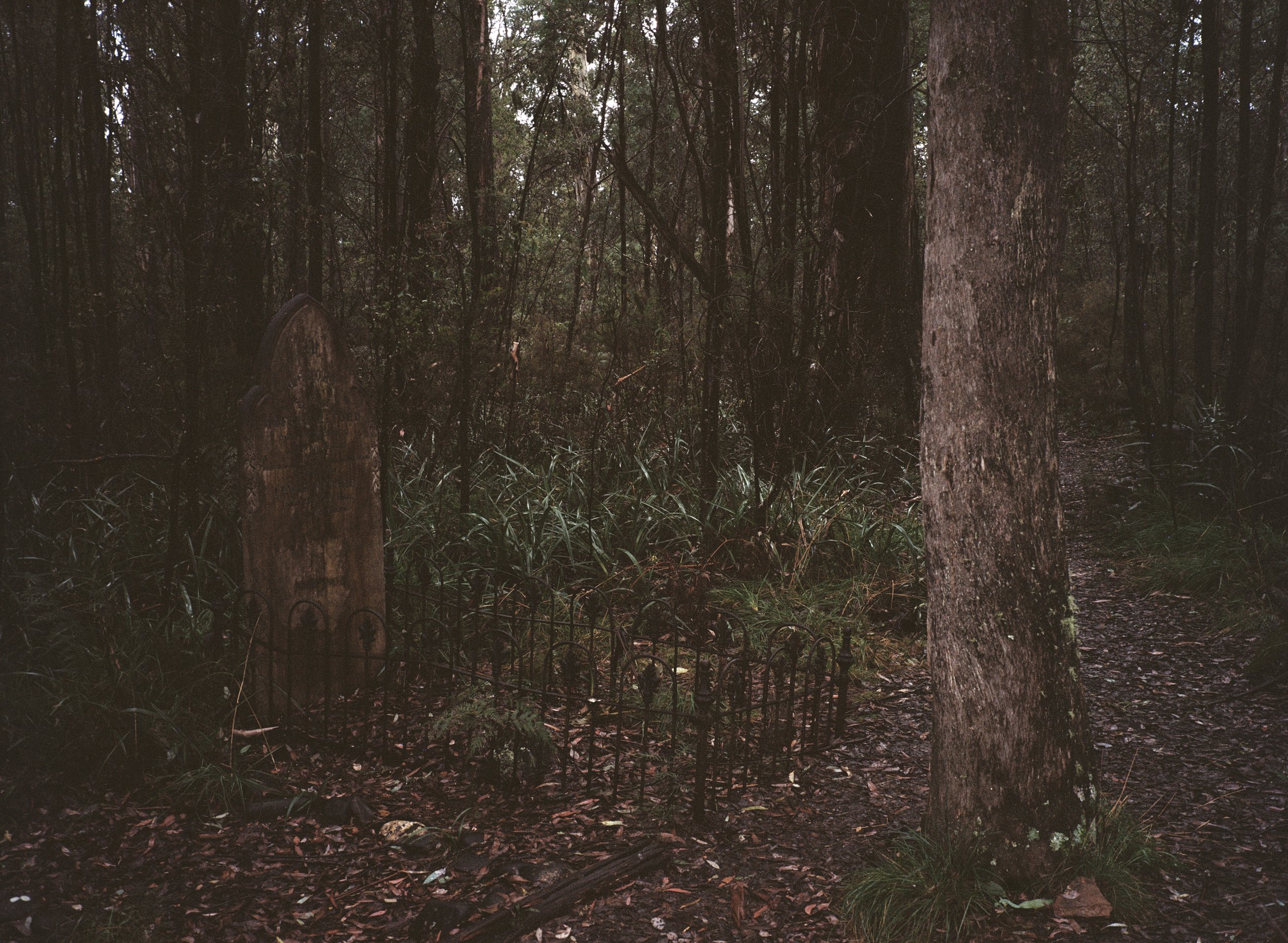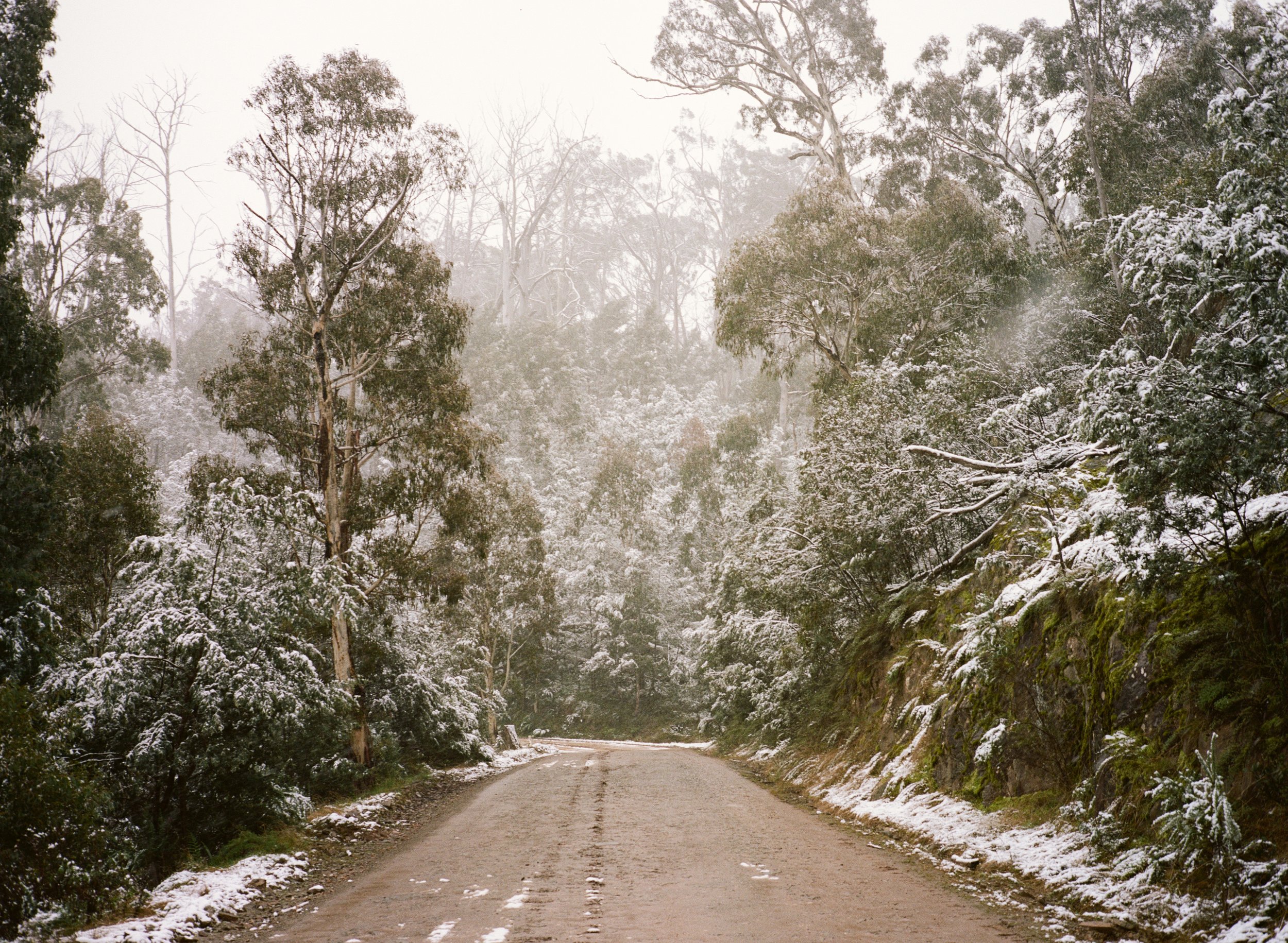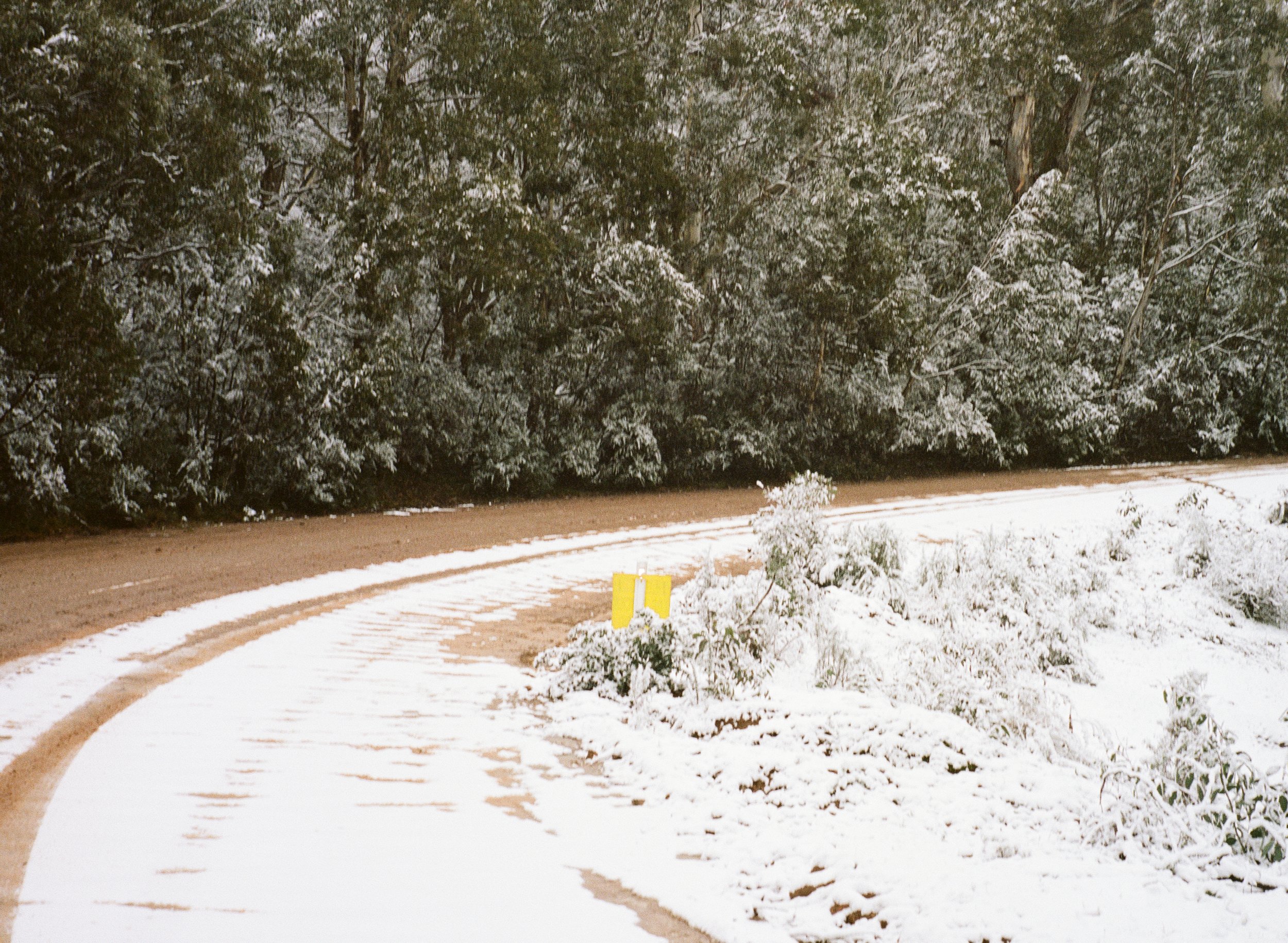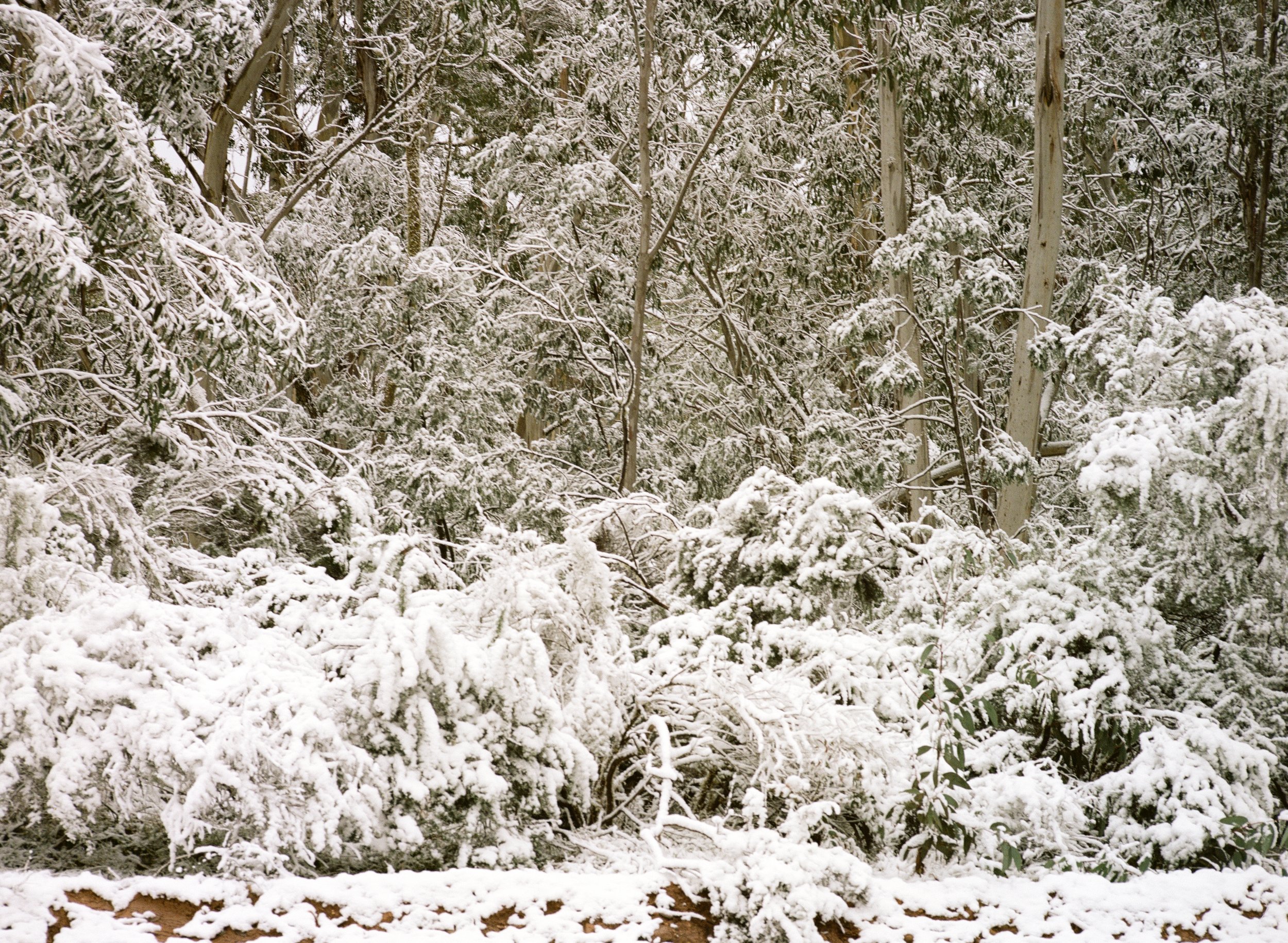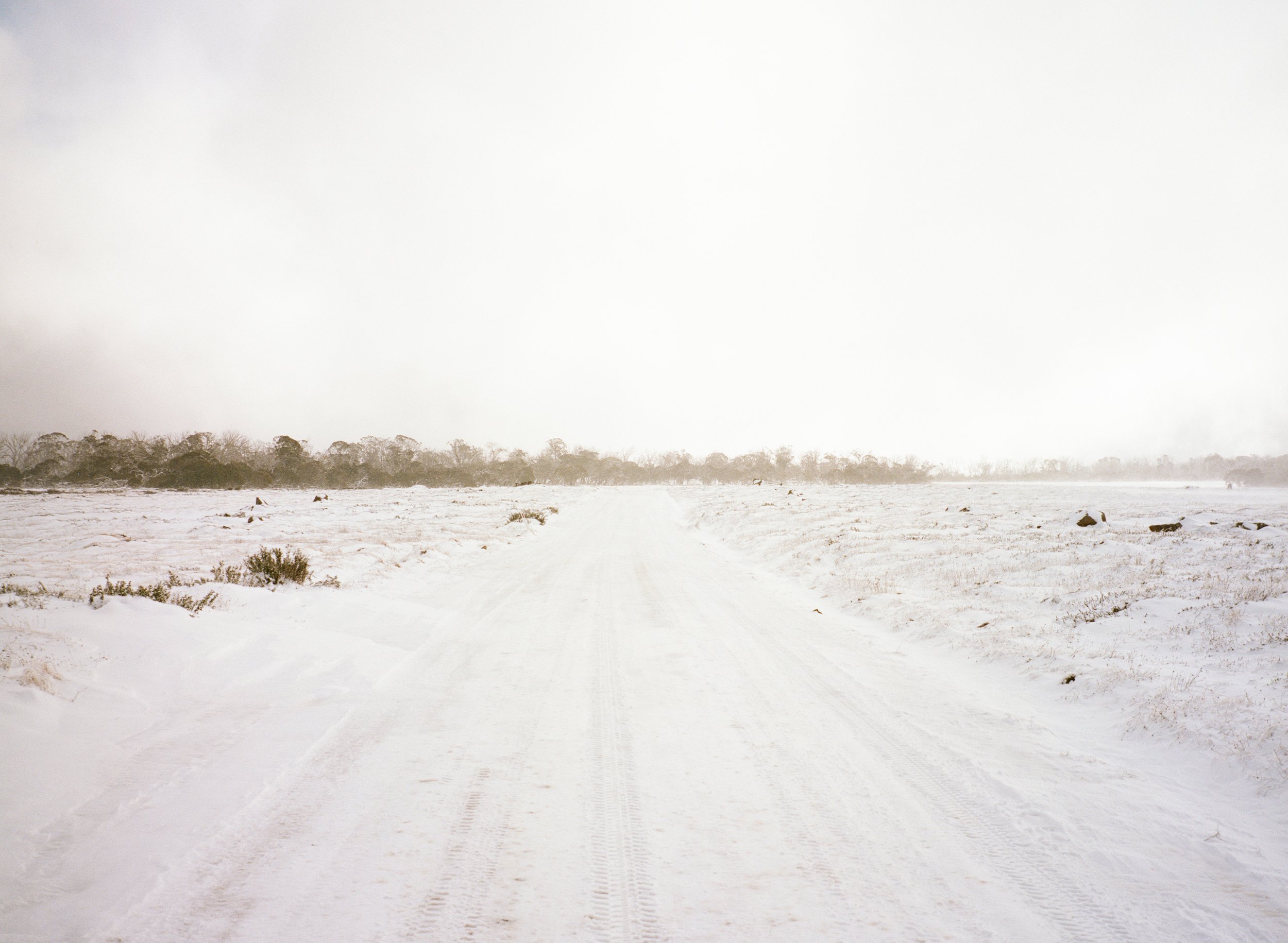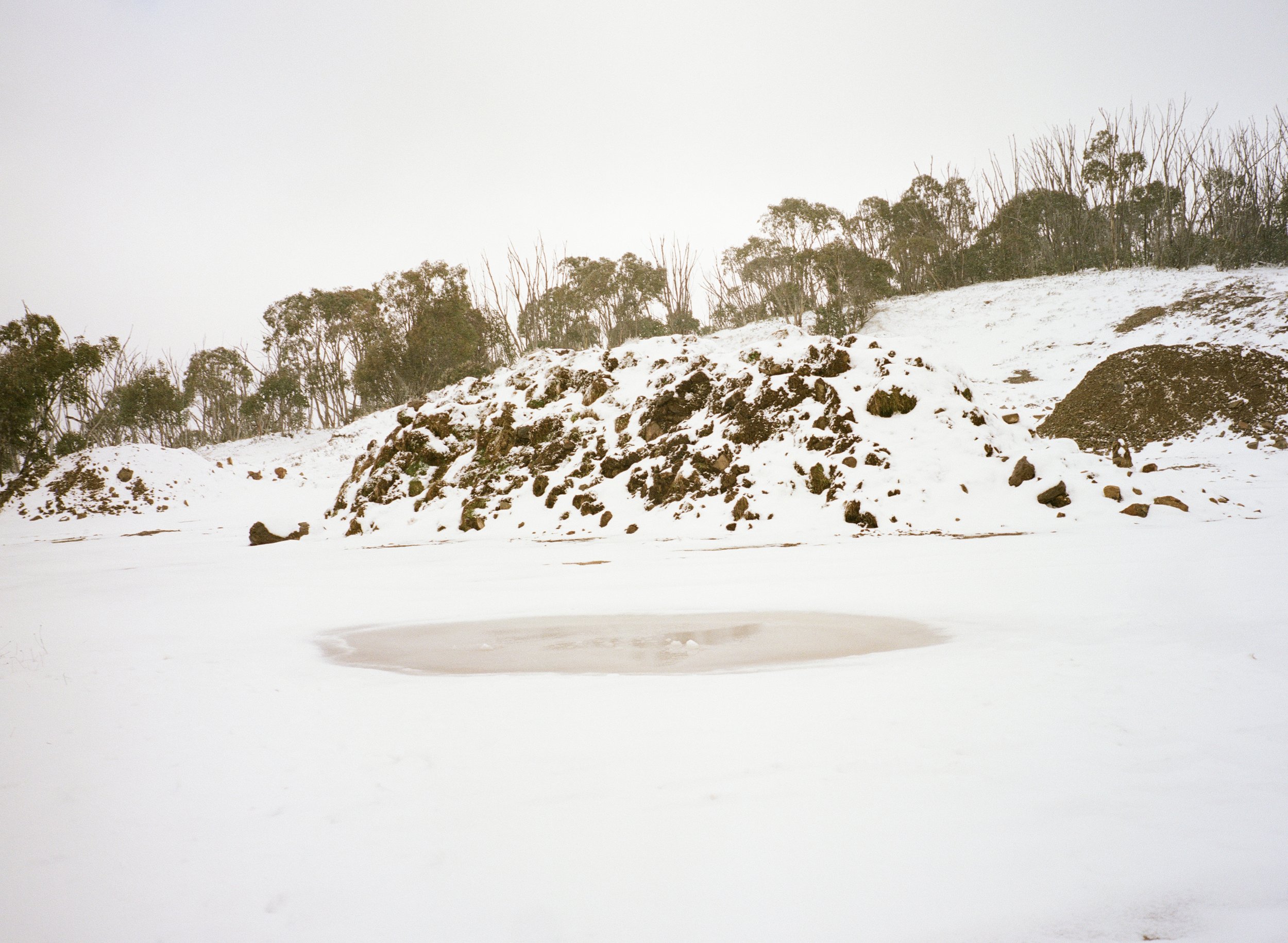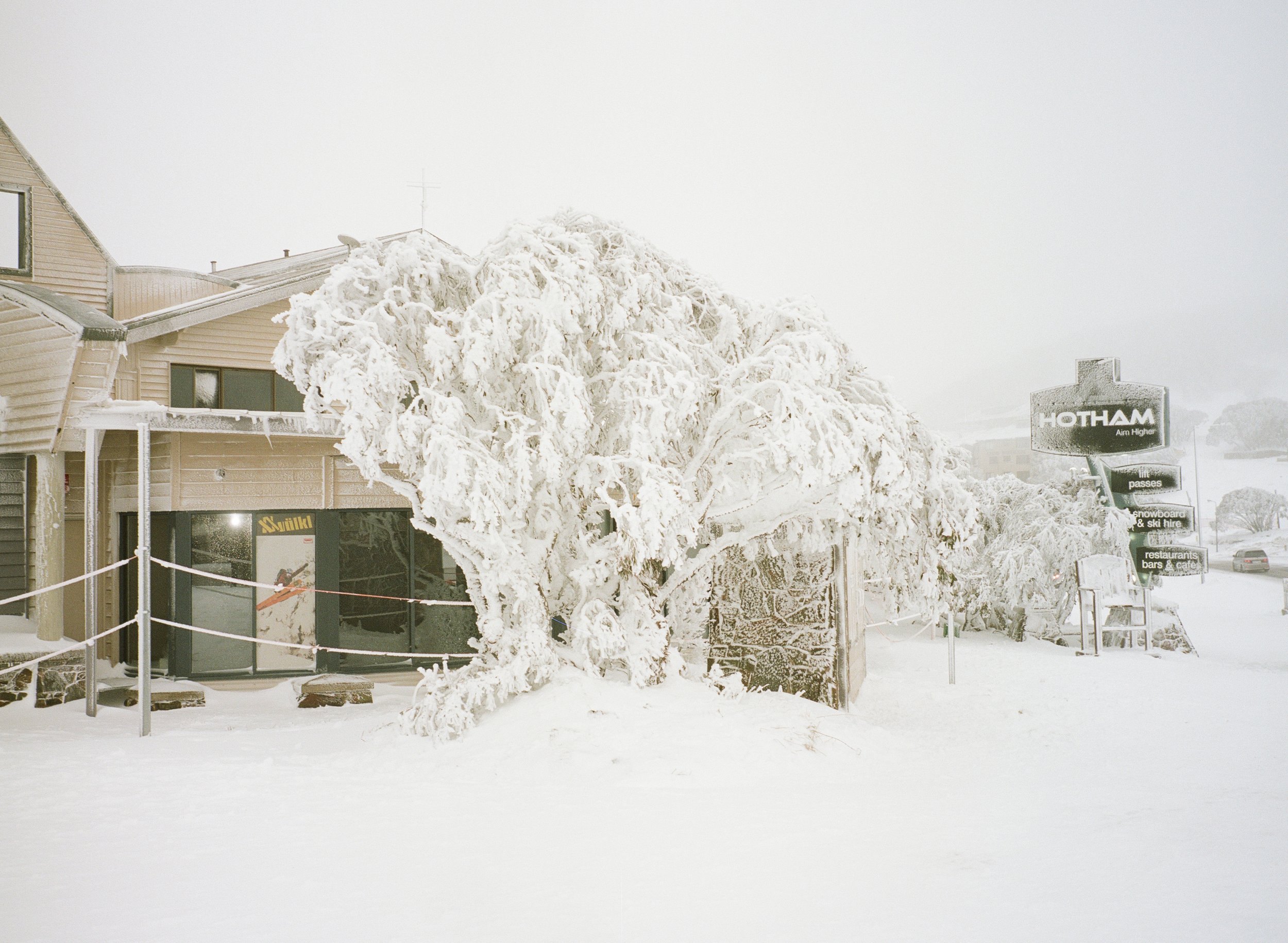Termite mounds are primarily composed of a mixture of soil, saliva, and excrement, which hardens into a durable, concrete-like structure created by the termites. These mounds are built to house and protect the termite colony, offering a stable microclimate that regulates temperature and humidity, essential for the colony’s survival. The intricate internal design of the mounds, which features tunnels and chambers, allows airflow to reach the colony's queen and workers. Termite mounds are often constructed around old tree stumps or other organic material because these locations provide the termites with an accessible and abundant source of food. Termites feed primarily on cellulose, found in wood and other plant materials. By building their mounds around decaying tree stumps, roots, or other organic matter, termites can efficiently consume and decompose these materials while simultaneously protecting their colony. The organic material also helps termites regulate the internal temperature and humidity of the mound, further creating the stable microclimate vital for their survival. The proximity to food sources reduces the energy required for foraging, allowing the colony to thrive while minimising exposure to predators. Additionally, the physical structure of tree stumps or roots can provide foundational support for the mound, contributing to its stability over time. Despite their small size, termites play a critical role in the ecosystem, recycling nutrients and decomposing plant material, which contributes to soil health.
Photo’s Taken: 2022/2021/2020
